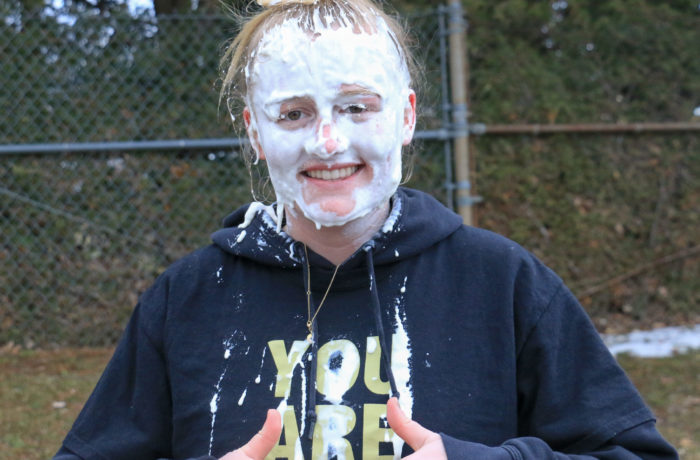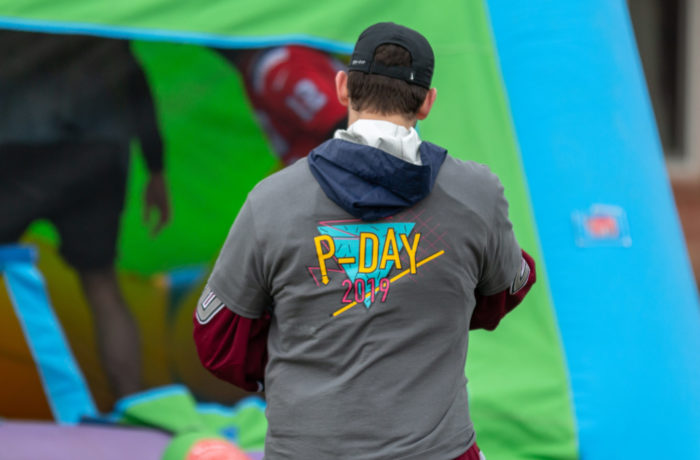
By Matthew Pramas
Changes made to Stowe Mountain Resort over the past year, along with increasing competition from other mountains, led to a decline in the number of St. Michael’s students who purchase passes to ski at Stowe this upcoming season.
Vail Resorts acquired Stowe Mountain Resort in a $50 million acquisition in February.
The new ownership has caused many skiers at St. Michael’s to look for alternative destinations, such as Sugarbush Resort, Smugglers Notch, Bolton Valley and Jay Peak.
“The Stowe representative at our school sold far less passes than in years past,” said Ski and Snowboard Club President Patrick Morrissey ’18. The shift in interest this year stems in part from fears of what might result from the new Vail ownership. Many resorts in the area have been able to upgrade their mountain operations, with no negative impacts for their visitors.
“The biggest thing has just been the increasing competition from other resorts. Sugarbush as well as Jay Peak has been renovating and putting a lot of money into their mountains’ facilities and the price of passes has actually decreased recently,” Morrissey said.
Beyond the college rate at Stowe, unchanged at $375 and $400, depending on the date of purchase, riders who prefer park-style are also more attracted to places like Sugarbush with higher quality terrain parks. While the rate for a college pass at Stowe has not increased, Vail has incorporated ten blackout dates this season, which prohibit pass holders from skiing on certain popular dates to keep crowds smaller for higher paying customers. These include days during winter break and some high-traffic weekends. While some skiers are not unsettled by these restrictions, Sean Flynn, ’20, said that “I normally wouldn’t ever get [a pass with] blackout dates.” Flynn prefers to avoid blackout dates by skiing at Sugarbush because he likes the freedom to ski whenever he pleases during the season.
Aside from the financial aspect of buying a Stowe pass, riders who prefer freestyle skiing, known as park skiing, are more likely to go to places like Sugarbush because of their higher end park features. Whereas riders who are more attracted to “all mountain” style skiing tend to go to Stowe.
“Freestyle skiing is better at Sugarbush without a doubt,” said Flynn.
Since many students consider themselves to be park skiers at St. Michael’s, people are moving away from Stowe. This has created a dichotomy within the skiing community here, said Morrissey.“For those who are trying to access high speed quads or park terrain, Smugglers’ Notch doesn’t really offer that,” Morrissey said.
Smugglers’ Notch is considered the home mountain of St. Michael’s because of the $65 pass that is offered to students. However, their lack of terrain park features has also caused students to go elsewhere.
Morrissey said that price is relative, depending on what a skier is looking for in a mountain, but he feels that the facilities in general at Stowe are better.
“Stowe just overall has really great terrain, and you can hike so many different lines because you can drop into the notch road…the notch road runs in between Smugglers Notch, and Stowe,” said Drew Beckwith ‘18 .
One of the most significant changes Vail has brought to Stowe affects students in a less direct way. As an owner of many popular skiing destinations, Vail has included Stowe in its Epic Pass consortium where holders of this pass can access all of their mountains, including Vail, Beaver Creek, Breckenridge, and Keystone all in Colorado as well as others in the United States, Canada, and Australia, according to Vail’s company profile webpage. The Epic Pass is around $800 while the old Stowe season pass cost about $2,200, according to Morrissey. This means that more locals who previously did not spring for the Stowe Pass may do so this season. The speculation has kept students away from a mountain that already holds a reputation for long lines and crowded trails.
“For the general population, the Epic Pass is really competitive with Sugarbush, Smuggs, and Jay Peak for the local areas, but for college students it just means more crowds at the mountain,” Morrissey said.
Another concern among students is the implementation of “yellow jackets”. These are employees who are deployed onto the mountain to monitor safety, and stop anyone who is deemed to be skiing too fast. Skiing in the east is known for their long, fast groomers when the conditions are bad. So now that type of skiing will be limited. East coast skiers will naturally be disgruntled.


